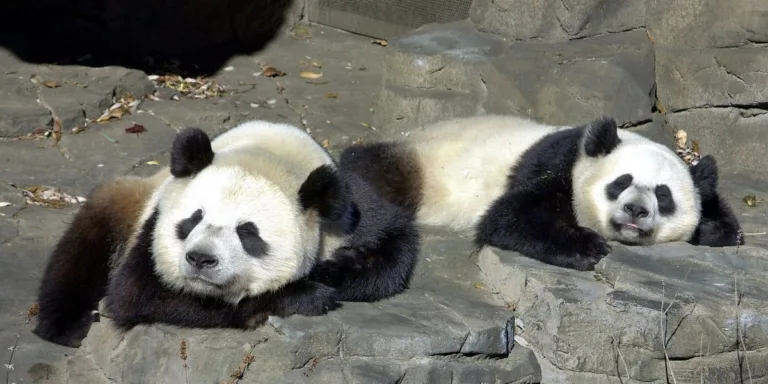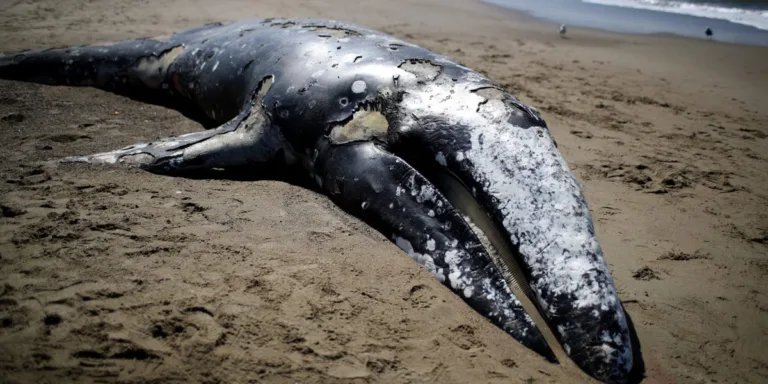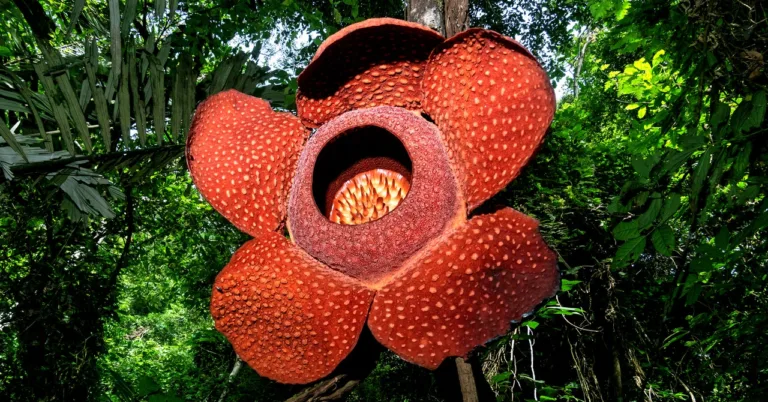The Journey of Mei Xiang, Tian Tian, and Xiao Qi Ji: National Zoo Pandas Return to China
The beloved giant pandas, Mei Xiang and Tian Tian, along with their cub, Xiao Qi Ji, will be leaving the National Zoo in Washington, DC, next year. Zoo staff faced challenges in getting Mei Xiang and Tian Tian to mate, resorting to artificial insemination. The pandas are expected to return to China as part of the Giant Panda Cooperative Research and Breeding Agreement. Mei Xiang has given birth to four surviving cubs during her time at the zoo. This journey marks the end of their over 20-year stay in the United States.


